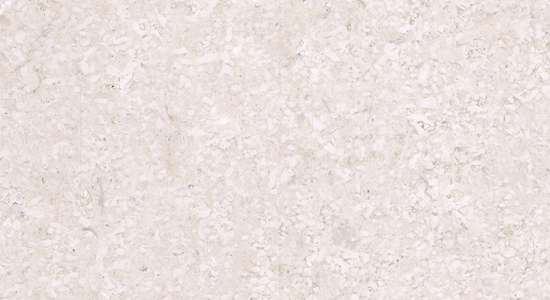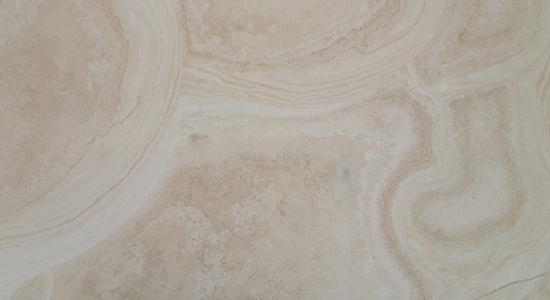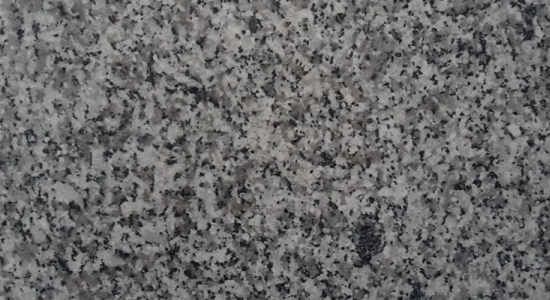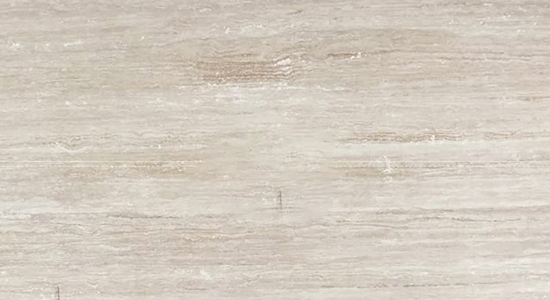Marble is a metamorphic rock primarily composed of recrystallized calcium carbonate (CaCO₃), typically in the form of the mineral calcite or sometimes dolomite. It forms when limestone undergoes heat and pressure over geological time, causing its texture and mineral composition to change. This metamorphic process results in a denser, more compact stone with characteristic veining and a refined appearance that distinguishes it from sedimentary rocks like limestone or sandstone.
Marble is available in a wide range of colors, including classic white, black, grey, green, pink, and beige. The variety of hues and patterns is influenced by the presence of mineral impurities such as iron oxides, graphite, clay, or mica, which create the distinctive veining and color streaks that make each slab unique. These visual features contribute to marble’s timeless elegance and high value in architecture and design.
Physically, marble has a hardness of about 3 to 5 on the Mohs scale, and a density typically ranging from 2.6 to 2.9 grams per cubic centimeter. It has a fine to medium-grained crystalline structure and is less porous than limestone, which allows it to achieve a high polish and smooth surface. However, marble remains relatively soft and sensitive to scratching and etching, especially in high-traffic areas or acidic environments.
Chemically, marble is composed mainly of calcium carbonate, making it reactive to acids such as vinegar, lemon juice, or acidic cleaners. This susceptibility to acid etching requires regular sealing and careful maintenance, especially when used in countertops, vanity tops, or flooring in kitchens and bathrooms.













